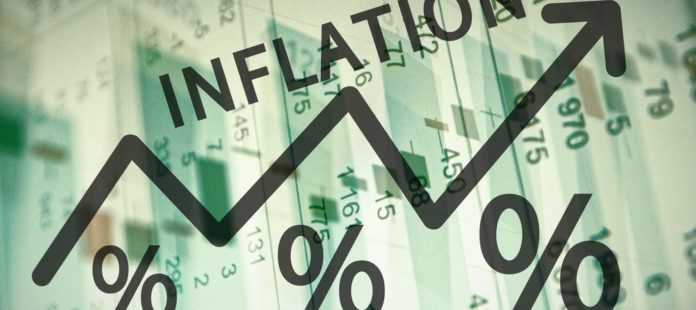Two weeks ago, the Federal Reserve decided to hike rates again. This was no surprise.
What was surprising, however, was the subsequent drop in long-term rates and the further flattening of the yield curve. New Fed Chair Jay Powell said he expects to continue hiking rates as planned, with two more this year, three more in 2019, and a couple more hikes in 2020.

On top of that, the Fed hasn’t changed its plan to shed nearly $3 trillion from its balance sheet.
Powell and the rest of the Fed decision-makers think the economy will continue to be robust since employment has been and (they believe) will continue to be strong. And consumer inflation should hit the Fed’s 2% target this year.
As I’ve often wondered in this space, with a growing economy and an improving employment market, how is it that inflation is only inching higher?
Powell didn’t (or couldn’t) explain during his first press conference, and that’s where the mixed messages began.
Long-term yields slumped in the aftermath of Powell’s presentation last Wednesday, which means the market didn’t buy what he tried to sell. The economy isn’t going to grow much more if inflation doesn’t move higher with it, and the jobs market won’t strengthen if wages don’t go up.
Last Thursday’s release of the Fed’s preferred inflation measure (the personal consumption expenditures prices index excluding food and energy prices, or the “core” PCE price index) for February didn’t do much to move any needles.
The month-over-month uptick was in line with expectations at 0.2%. But the year-over-year increase of 1.6% exceeded expectations. Personal income (up 0.4%) and spending (up 0.2%) were both in line with expectations.
Once again, the data didn’t impress the market, and, once again, yields fell.
The long-term Treasury yield fell to 2.97%, and, at the same time, the Dow Jones Industrials Average was up more than 300 points! Treasury bonds are overbought, and I expect a snap-back to higher yields very soon.













Leave A Comment